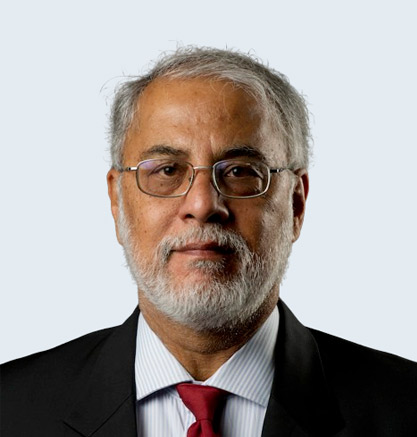The report that the new Chinese premier Li Keqiang will visit India in May signals a new phase in Sino-Indian relations. But Li’s decision to breach protocol - it was the Indian PM’s turn to visit China - and the positive statements following the Xi-Manmohan talks at the sidelines of the BRICS meet in Durban last month signal a new beginning for relations which have fluctuated quite dramatically in the past decade.
A new high was achieved when, during Prime Minister Atal Bihari Vajpayee’s visit to Beijing in 2003, the two sides agreed to create a Special Representative to take up their vexed border dispute at a political level. This was followed by a far-reaching agreement on the "Political Parameters and Guiding Principles for the Settlement of the India-China Boundary Question" aimed at settling the border on an "as is, where is" basis. Subsequently, in 2007, the two countries began to have joint military exercises, the first in Kunming in 2007 and then one in Belgaum in 2008.
But, following the 2008 Indo-US nuclear deal relations began to unravel. The principal reason for this was that the Chinese saw the deal for what it was: A major US strategic manoeuvre to befriend New Delhi. To this was added the 2008 Tibetan disturbances on the eve of the Beijing Olympics which China suspected had been engineered by India and the US.
Issues peaked in 2009-2010. In August 2009, the 13th round of the Sino-Indian border talks led by their respective Special Representatives ran aground. In November 2009, the Chinese verbal attacks rose following the Dalai Lama’s visit to Arunachal Pradesh. China started issuing a visa stapled on the passport for residents of Jammu & Kashmir and when, in 2010, they issued one for Lt Gen B S Jaswal, the commander Srinagar Corps, who was part of a military delegation to China, Sino-Indian military contacts ground to a halt.
But leaders on both sides sought to set things right. The Manmohan Singh government refused to be provoked by Indian media reports of enhanced Chinese incursions across the Line of Actual Control marking the Sino-Indian border. In December 2010, visiting Chinese premier Wen Jiabao proposed a new mechanism to maintain peace and tranquillity on the border. And following the meeting between Manmohan Singh and Chinese President Hu Jintao on the sidelines of the BRICS summit in Sanya, Hainan Island, the downward spiral in Sino-Indian relations was halted - the stapled visa regime was abandoned and India resumed military ties. In January, the two sides approved a new mechanism "for consultation and coordination on border affairs", originally proposed by Wen.
The improved atmospherics have coincided with the once-in-a-decade leadership change in China in 2012-13. Significantly, following their meeting at the sidelines of the BRICS conference in Durban, the new supremo of China, Xi Jinping was quoted in the Chinese media as saying that China regarded its ties with India as "one of the most important bilateral relationships".
Belying the belief among some Indian observers that the Chinese was dragging its feet on the border issue, Xi declared that the Special Representative mechanism should strive for "a fair, rational solution framework acceptable to both sides as soon as possible."
None of this should surprise. The positive Chinese attitude towards Indian coincides with its deteriorating ties with its South China Sea neighbours since 2010 when China declared the seas there as yet another "core area" of its interests. Further north, it clashed with Japan over the Senkaku islands and banned the exports of rare earths to the country. The net result of the confrontations was a self-goal because it led to the US entering into the picture, first by calling for a peaceful settlement of disputes and backing the freedom of navigation of the seas in a region. Second through an October 2011 speech when US Secretary of State Hillary Clinton declared that the US had decided on a new pivot that could involve enhanced American military presence in the Asia-Pacific region, following the draw down of its commitments in Iraq and Afghanistan.
Following its own pivot north to shore up relations with Russia in 2013, the Chinese are now wooing India. This is manifested by Li’s visit and Xi’s statements on ties with India. Their aim is fairly transparent - to prevent a solidification of Indian ties with the US and Japan who the Chinese see as their principal adversaries.
India, of course, need not bite the bait, but at the same time, it can use the space created for pushing its own agenda with China which includes resolving our border dispute, getting the Pakistani monkey off our backs and getting better terms of trade from the Chinese. China is unlikely to yield anything easily-but if the emerging Indo-Pacific geopolitics provides an opportunity, New Delhi would be foolish to look the other way.
(The writer is a Distinguished Fellow at Observer Research Foundation, New Delhi)
Courtesy : The Mid-Day, April 16, 2013
The views expressed above belong to the author(s). ORF research and analyses now available on Telegram! Click here to access our curated content — blogs, longforms and interviews.

